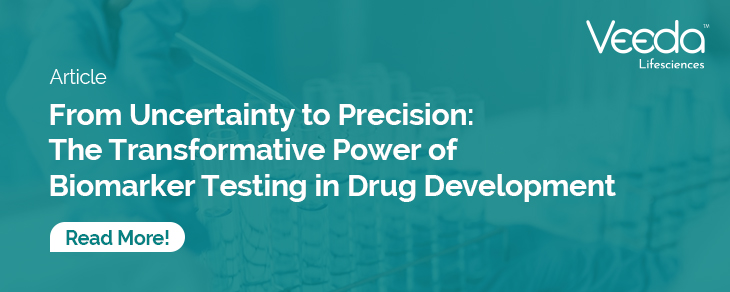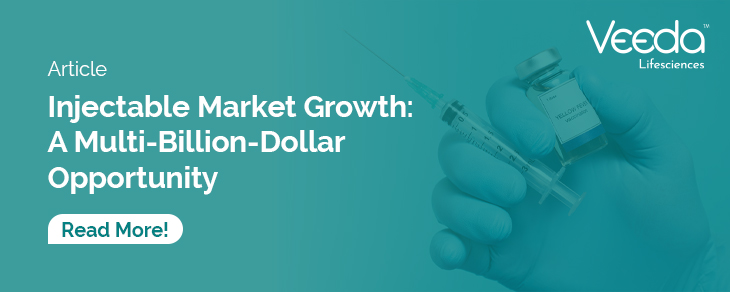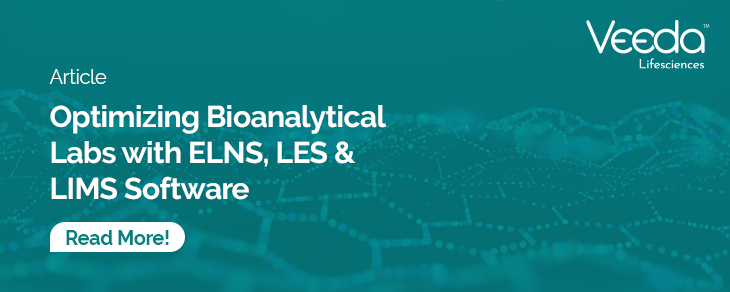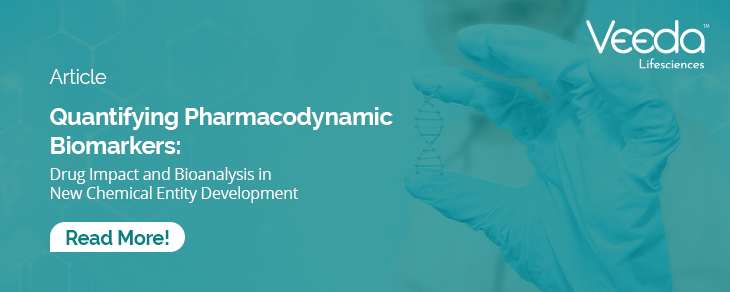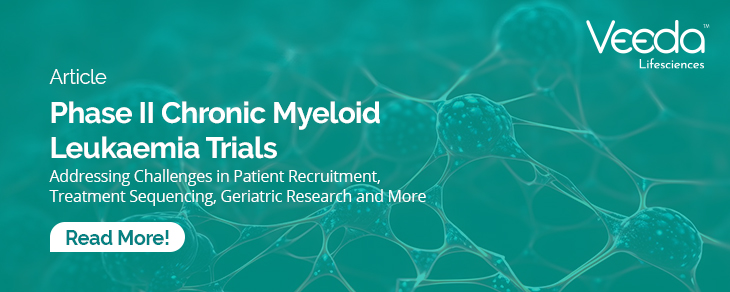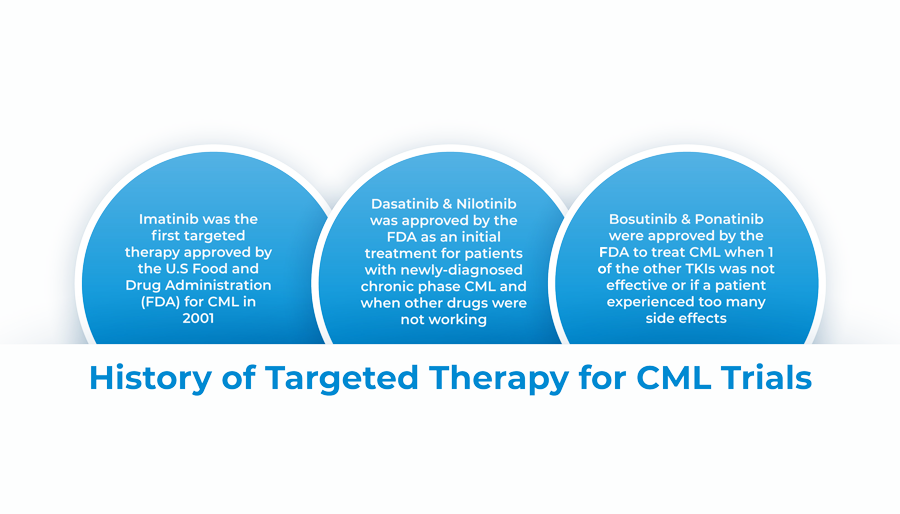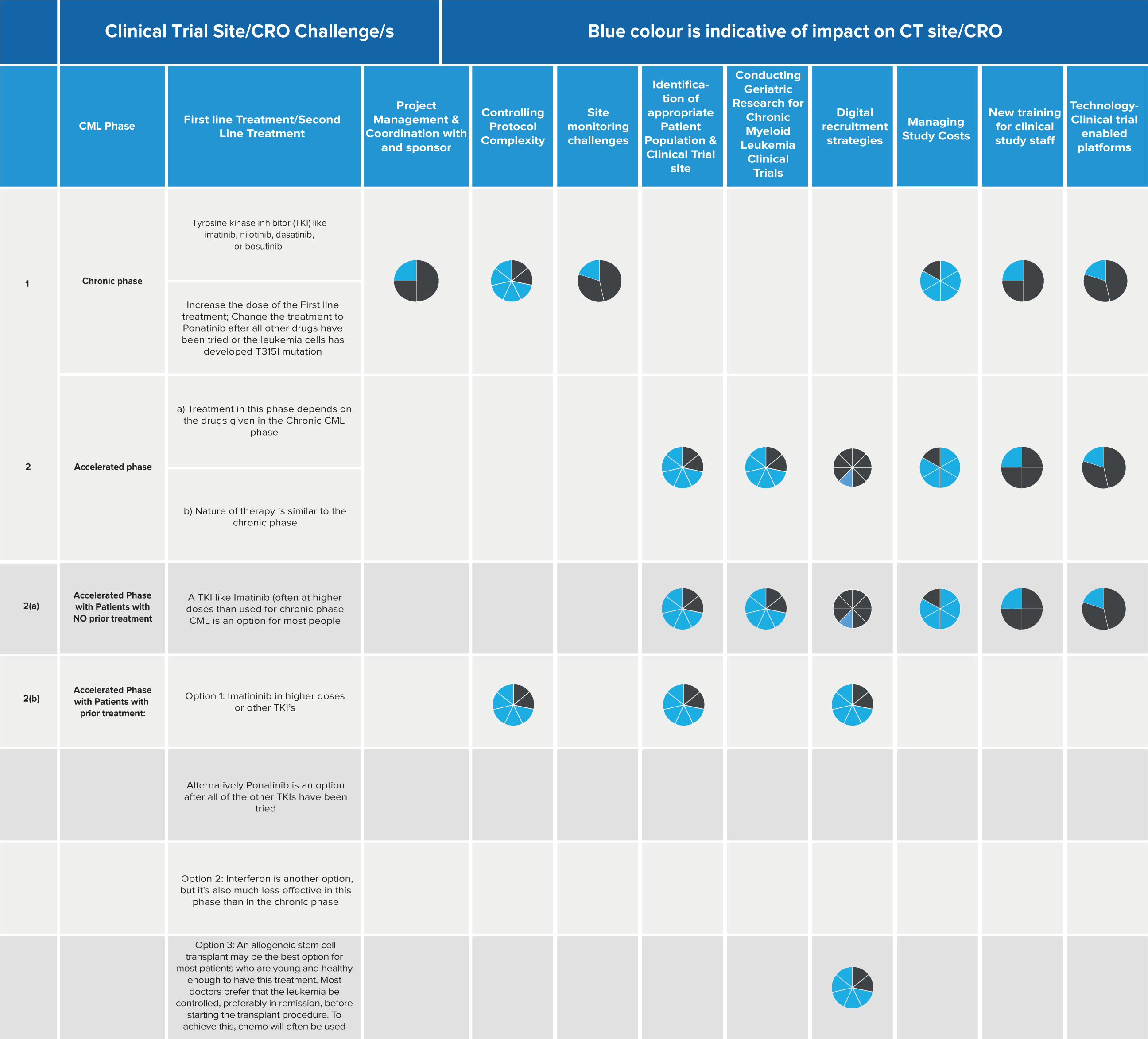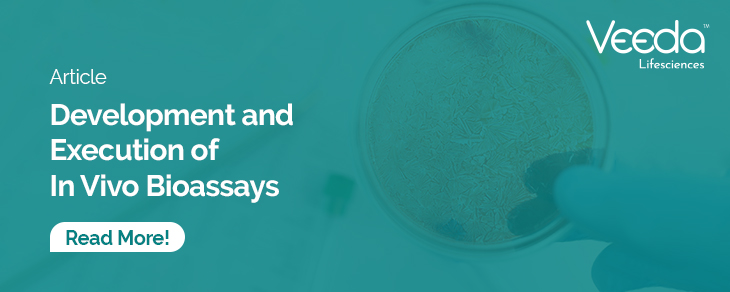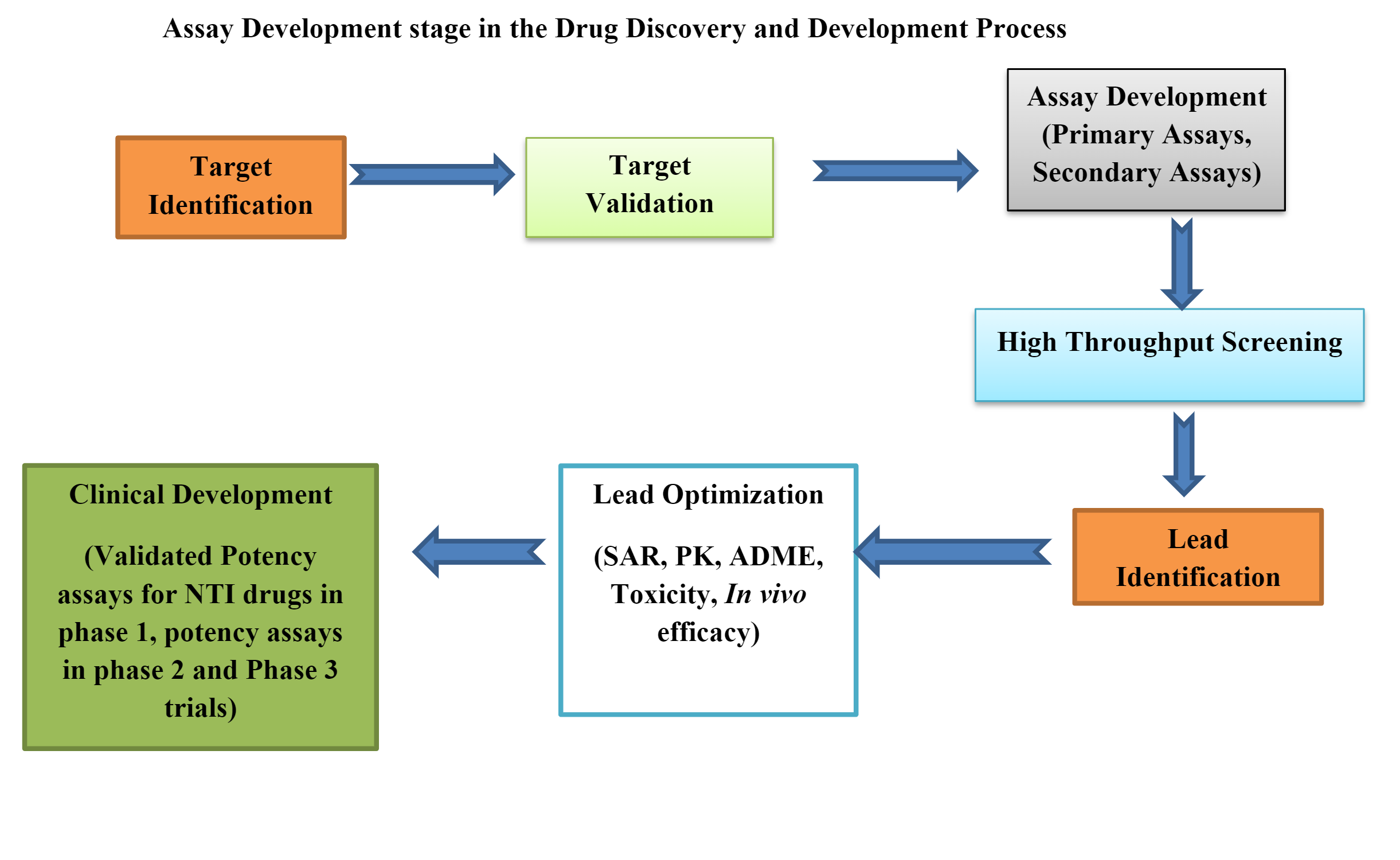COVID-19 delivered a powerful lesson to the world: without advanced therapies like vaccines, we could have found ourselves in an endless cycle of lockdowns and global health crises.
As the pandemic unfolded, pharmaceutical companies were under immense pressure to innovate and act quickly.
In this high-stakes race, mRNA-based injectable vaccines became a prime example of how ground-breaking technology could respond quickly to global health needs.
This success has sparked a growing demand for complex injectable therapies, not just to save lives, but to enhance patient outcomes and quality of life, further fuelling the rise of injectables in medicine.
Injectable Market Growth Driven by Technological Advancements
As the injectable drug market continues to grow, technological breakthroughs are leading the way.
It’s no longer just about preserving drugs; it’s about delivering them in smarter, more effective ways for a longer time.
New delivery systems are now being designed to improve patient convenience, boost compliance, and elevate treatment success.
Innovations such as nanoparticles, liposomes, and degradable implants are enhancing the bioavailability, stability, and effectiveness of injectables, making them more versatile and applicable for a range of conditions, from acute diseases to chronic illnesses.
These developments are not only improving existing treatments but also paving the way for the next generation of therapies that are more patient-friendly, precise, and effective for all age groups.
Explosive Market Growth for Injectable Drugs
The global Injectable Drugs Market is on an impressive growth trajectory.
It was valued at USD 569.89 billion in 2024 and is expected to reach USD 820.05 billion by 2029, growing at a CAGR of 7.55%.* 1
Several factors are contributing to this rapid growth: the rise of chronic diseases, continuous advancements in drug delivery technologies, and substantial investments in R&D.
Together, these forces are reshaping the future of healthcare, and injectable drug delivery solutions are at the forefront of this revolution.
With an increased focus on precision medicine and treatment optimization, the market is well-positioned for sustained growth in the years to come.
Regional Growth: How Different Markets Are Powering Injectable Delivery Solutions
North America: Leading Innovation and Market Growth
North America, particularly the United States, has long been a leader in the injectable drug delivery space.
However, what sets the region apart today is not just its substantial market share but its ability to pioneer transformative healthcare technologies that shape global trends.
The growth in the injectable drug delivery market is mainly driven by a robust healthcare system, substantial patient base, and high healthcare spending.
The U.S. market itself was US$ 202.88 billion in 2024, growing at a 6.8% CAGR through 2034.
Factors such as the increasing incidence of chronic diseases (e.g., diabetes and cancer), the rising demand for biologics (including insulin and cancer treatments), and an aging population are pushing the market’s expansion.
The U.S. also benefits from an advanced healthcare infrastructure, with over 916,000 hospital beds and 33.7 million admissions annually, facilitating the widespread use of injectable drugs.
Meanwhile, Canada is becoming an increasingly important market, expected to grow at a CAGR of 8.7% between 2024 and 2034.
The adoption of biologics, coupled with the country’s stringent regulatory framework, has created a favorable environment for injectable drug growth.
Europe: A Mosaic of Regulatory Precision and Market Diversity
The European market benefits from well-established healthcare systems and strong government support for pharmaceutical innovation, positioning the region as a major hub for injectable drug delivery solutions.
European countries are highly diverse in terms of market needs and healthcare priorities.
For instance, while Germany focuses heavily on managing its aging population with more injectable therapies, the United Kingdom is emphasizing new drug delivery technologies for diabetes and cancer treatment.
France, on the other hand, is rapidly expanding its injectable manufacturing capacity, positioning itself as a key player in drug production.
Europe’s aging population is a significant driver of demand for injectable drugs, particularly those related to chronic diseases.
Older patients are more likely to require biologic injections, such as insulin or injectable biologics for autoimmune diseases.
This trend is particularly evident in Germany, where the increasing elderly demographic is boosting the demand for injectables in long-term care settings.
Asia-Pacific: Fast-Growing Market with Expanding Healthcare Needs *4
The Asia-Pacific region is set to experience the fastest growth in the injectable drug delivery market, with a projected CAGR of 8.7% from 2024 to 2029.
This growth is driven by a rapidly expanding healthcare infrastructure, rising patient populations, and increasing awareness of injectable therapies.
The region’s focus on improving access to biologic drugs and the rising prevalence of chronic diseases like diabetes, respiratory diseases, and cancer are propelling market growth.
Countries such as China, India, and Japan are seeing significant demand for injectable therapies, and local governments are enacting policies that support domestic pharmaceutical manufacturing and foreign investment.
As healthcare access improves, especially in emerging markets, the demand for injectable drug delivery systems is expected to rise sharply.
3 Key Drivers of Growth in the Injectable Drug Delivery Market
Rise of Biosimilar & Biologics
The rise of biosimilars and biologics is significantly reshaping the injectable drug delivery market, aligning with the healthcare sector’s shift toward more personalized and targeted therapies.
Biosimilars, as cost-effective counterparts to branded biologics, are becoming an integral part of treatment strategies, expanding access to advanced medical care.
Meanwhile, biologics such as monoclonal antibodies, gene therapies, and RNA-based treatments are addressing unmet medical needs with superior efficacy and safety profiles.
Their impact on the injectable drug delivery market is profound, driving advancements in production, administration, and therapeutic efficacy.
For healthcare providers, these innovations mean improved outcomes, patient compliance, and accessibility.
For pharmaceutical companies, they represent a chance to lead in a competitive, high-growth market.
And for patients, they signify better, more affordable care tailored to their needs.
As biologics and biosimilars continue to shape the future of medicine, the injectable drug delivery market is set to thrive, bridging the gap between cutting-edge science and real-world patient care.
Addressing Chronic Diseases
The surge in chronic diseases such as diabetes, cancer, and autoimmune disorders demands precise, fast-acting treatments, and injectable devices excel at delivering medication directly into the bloodstream for immediate therapeutic effects.
For example, diabetes care heavily depends on routine insulin injections, while advanced cancers and autoimmune disorders are effectively managed through biologics administered via injection.
As personalized medicine gains traction, injectable drug delivery systems provide tailored solutions that not only improve patient outcomes but also cater to the growing need for durable, effective, and long-term treatment options.
Injectables also play a vital role in managing infectious diseases like HIV/AIDS and tuberculosis (TB).
TB treatment, for example, combines oral antibiotics with injectable drugs like rifampin and streptomycin, ensuring effective disease control and reducing the risk of drug resistance.
This dependency on injectables drives advancements in formulation technologies and delivery systems, aiming to enhance both efficacy and patient adherence.
Together, the rising burden of chronic and infectious diseases, advancements in technology, and a growing emphasis on personalized care are positioning the injectable drug delivery market as a cornerstone of modern healthcare innovation.
Advancing Drug Formulations for Patient Convenience
Advancements in drug formulation and delivery technologies are significantly fuelling the growth of the injectable drug delivery market.
One game-changer is long-acting injectables (LAIs).
These depot formulations release medication steadily over extended periods, reducing the need for frequent injections.
This not only makes treatment more convenient for patients but also ensures consistent drug levels in the body, leading to fewer fluctuations and better results.
LAIs have become a foundation of innovation, meeting the needs of patients managing chronic conditions and demanding less frequent, yet highly effective, treatment options.
New technologies, such as prefilled syringes, auto-injectors, and microneedle systems, are transforming the way care is delivered.
Ready-to-use (RTU) injectables, such as prefilled syringes, simplify dosing, saving time and reducing errors.
Auto-injectors enable patients to take charge of their treatments at home, thereby boosting confidence and compliance.
Microneedle systems add another layer of comfort with near-painless delivery, making injections less daunting.
These advancements are fueled by rising investments in research and development, as well as a strong focus on quality manufacturing.
Together, they’re driving the injectable market to new heights, delivering treatments that are more accessible, reliable, and tailored to the needs of modern healthcare.
References:
- https://www.mordorintelligence.com/industry-reports/sterile-injectable-drugs-market/market-size
- https://www.futuremarketinsights.com/reports/injectable-drug-industry-analysis-in-north-america
- https://www.futuremarketinsights.com/reports/injectable-drugs-market
- https://www.mordorintelligence.com/industry-reports/sterile-injectable-drugs-market
- https://www.globenewswire.com/news-release/2024/11/06/2975894/28124/en/Sterile-Injectable-Drugs-Strategic-Market-Research-Report-2024-Global-Market-to-Reach-1-4-Trillion-by-2030-Biosimilars-Gain-Traction-Opening-New-Opportunities.html


